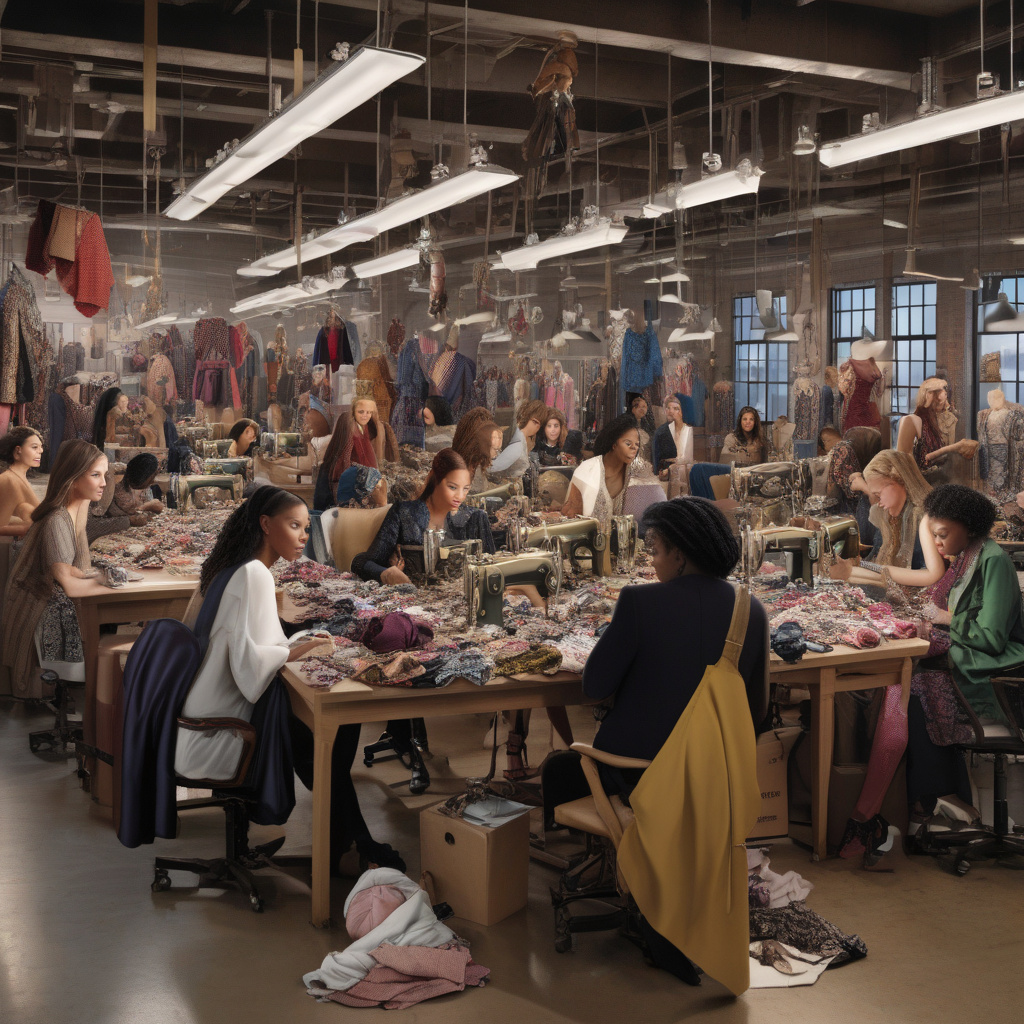Trump’s Tariffs Rock Fashion’s Supply Chain
The fashion industry is no stranger to disruptions, be it the ever-changing trends or technological advancements. However, the latest shake-up comes not from the runways of Paris or Milan but from the political corridors of Washington. President Trump’s recent announcement of severe import duties has sent shockwaves through the global apparel manufacturing hubs, leaving industry players scrambling to assess the impact on their intricate supply chains.
The tariffs, announced on a fateful Wednesday, have pinpointed apparel manufacturing hubs as primary targets. This move has set off a chain reaction across the fashion supply chain, from designers and manufacturers to retailers and consumers. With the increased cost of importing materials and finished goods, businesses are bracing themselves for tough decisions ahead.
One of the immediate concerns stemming from these tariffs is the rise in production costs. Apparel manufacturers heavily rely on imported materials and components to create their products. With higher duties imposed on these imports, the cost of production is set to soar. This increase in manufacturing expenses is likely to be passed down the supply chain, ultimately reaching the end consumer in the form of higher retail prices.
Moreover, the tariffs are expected to disrupt sourcing strategies that fashion brands have meticulously built over the years. Many companies have established complex networks of suppliers across the globe to ensure cost-efficiency and quality control. However, with the new duties in place, these sourcing strategies are being put to the test. Businesses now face the dilemma of whether to absorb the additional costs, seek alternative suppliers, or relocate their production facilities altogether.
The ripple effects of Trump’s tariffs are not confined to the boardrooms of fashion corporations but extend to impact global trade dynamics. As major apparel manufacturing countries reel from the implications of the import duties, trade relations are strained, and economic uncertainties loom large. The interconnected nature of the fashion supply chain means that a disruption in one region can have far-reaching consequences across continents.
In response to the tariffs, industry players are exploring various strategies to mitigate the impact on their businesses. Some are looking to diversify their sourcing locations to spread the risk, while others are renegotiating contracts with suppliers to share the burden of the increased duties. Additionally, innovative solutions such as leveraging technology for supply chain optimization and exploring sustainable practices are being considered to navigate these turbulent times.
The road ahead for the fashion industry in the wake of Trump’s tariffs is fraught with challenges and uncertainties. However, it is also an opportunity for innovation and resilience to shine through. By reevaluating sourcing strategies, embracing digital transformation, and fostering collaboration across the supply chain, fashion businesses can adapt to the new normal and emerge stronger in the face of adversity.
As the dust settles from the seismic shift caused by the tariffs, one thing is clear – the fashion industry is in for a transformational period that will test its agility and creativity. How businesses navigate these uncharted waters will not only shape their own destinies but also influence the future landscape of global fashion trade.
tariffs, fashion industry, global supply chain, import duties, trade disruptions












